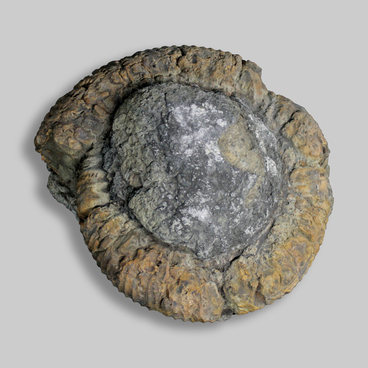Bashkirs have been involved in wild beekeeping from time immemorial. The Bashkir region has long attracted travelers by the beauty and diversity of its nature, and many researchers have taken an interest in that ancient indigenous occupation: wild beekeeping. The first references to Bashkirs and their trade are found in the notes of the Arab traveler Ibn-Fadlan in 922.
Initially, the Bashkirs looked for hollow trees with bees in the forest, and extracted honey from those.
Initially, the Bashkirs looked for hollow trees with bees in the forest, and extracted honey from those.
However, over time Bashkirs started to prepare artificial beehives. To do this, a good tree was found, and they cut notches in it with an axe. Then they went up in the trees, wrapping a woven belt around the waist made out of bast or rawhide. Climbing up to the necessary height, the wild beekeeper hollowed out a recess using various devices and tools. The aperture was closed, leaving a small hole for the bees. During the summer, the beekeeper visited his areas several times to collect honey.
The Bashkir trees with wild bee hives were considered to be real estate, and had a special sign, an identification mark called a ‘tamga’. The word tamga is Turkic in origin, and has several meanings, such as ‘brand’ or ‘seal’, and the main meaning is ‘stamp’. Each wild beehive was given its own name. Some signs depicted agricultural tools, such as a pitchfork, a rake, a sickle, or objects used in everyday life like ladles, yokes, and bowls. Each wild beekeeper knew his signs well, and never infringed on the property of others. The wild beehive was protected from bears and martens with what was called a ‘tukmak’: an oak log.
In the middle of the 18th century, the practice of beekeeping in logs appeared. At this time, industry started to rapidly develop, and they started to cut the forests down. To save their wild beehives, the Bashkirs began to cut down the tree hollows with bees in the forest and take them to their permanent place of residence.
The Bashkir trees with wild bee hives were considered to be real estate, and had a special sign, an identification mark called a ‘tamga’. The word tamga is Turkic in origin, and has several meanings, such as ‘brand’ or ‘seal’, and the main meaning is ‘stamp’. Each wild beehive was given its own name. Some signs depicted agricultural tools, such as a pitchfork, a rake, a sickle, or objects used in everyday life like ladles, yokes, and bowls. Each wild beekeeper knew his signs well, and never infringed on the property of others. The wild beehive was protected from bears and martens with what was called a ‘tukmak’: an oak log.
In the middle of the 18th century, the practice of beekeeping in logs appeared. At this time, industry started to rapidly develop, and they started to cut the forests down. To save their wild beehives, the Bashkirs began to cut down the tree hollows with bees in the forest and take them to their permanent place of residence.
The Burzyan bee is a Bashkir population of the Central Russian bee breed, which was formed in the special climatic conditions present in the southern Ural Mountains. The Burzyan bee is very cold resistant, and can withstand freezing temperatures to minus 40 degrees, and is resistant to many bee diseases. To date, this trade has survived only in the Shulgan-Tash Bashkir State Reserve, in Burzyan District.



